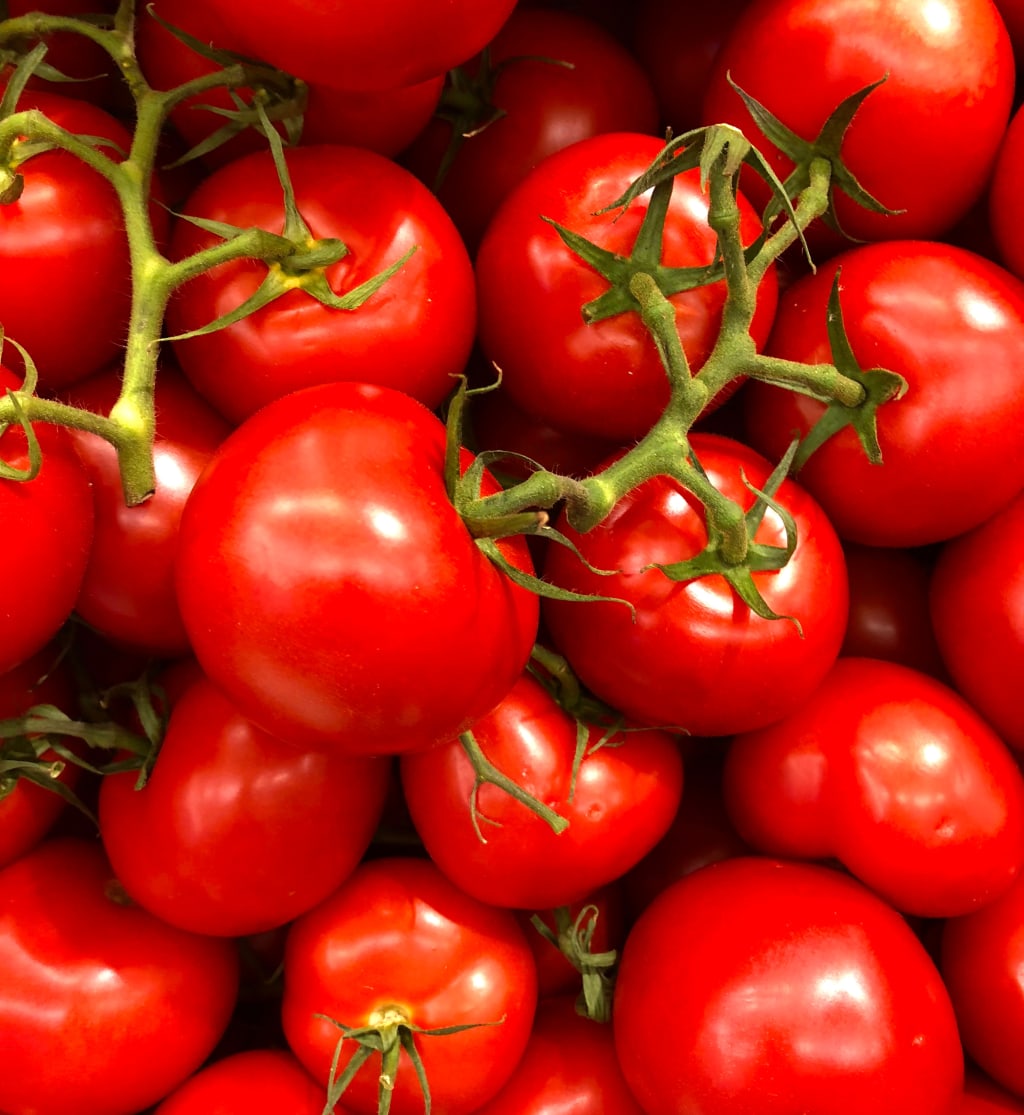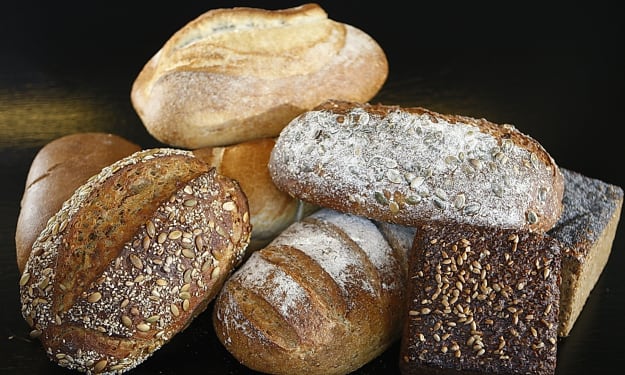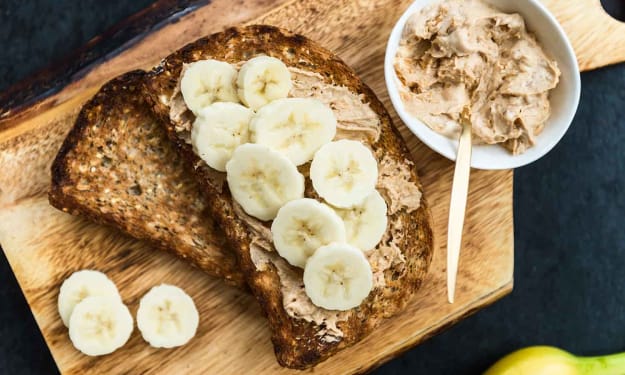What to Know About Lectin-Containing Foods
How to remove lectins from your vegetables

You have probably heard that eating vegetables and whole grains can help you lose weight. Yet that may not be the case. Some dietitians believe that these foods can actually lead to obesity and inflammation.
That is because these seemingly healthy items contain lectins. Read on to find out more about these proteins, including how to remove lectins from tomatoes and other foods.
What Are Lectins?
Lectins are proteins that bind to carbohydrates. They are commonly found in numerous plants and can be difficult to digest. This specifically discourages other creatures from eating the plants. When animals or insects eat plants containing lectins, they feel sick and are less likely to consume those plants in the future.
Why Are Lectins Bad for You?
Lectins can cause similar adverse reactions in humans. Some doctors believe that eating lectins can lead to weight gain, stomach problems, and leaky gut syndrome. A lectin-free diet thus may be particularly helpful for those with digestive issues.
Lectins specifically can cause harm to the intestinal wall. This lining helps contain unhealthy items that we digest. Any food that passes through the gut damages this wall, but cells repair the issue quickly. Lectins, however, slow down this reconstructive process. As a result, bad molecules can go back and forth through the intestinal wall. The wall may also miss absorbing vital minerals and vitamins, including iron, zinc, calcium and phosphorous. Excess lectin can take the problem one step further, causing cramping, diarrhea and vomiting.
These symptoms are particularly common among those who consume excess phytohemagglutinin. This lectin causes red blood cells to pack together. Lectins have also been linked to inflammatory conditions such as rheumatoid arthritis.
When lectins attack the gut wall, the immune system works to remove the invaders. This could lead to joint pain, skin rashes, and autoimmune disorders
Which Foods Contain Lectins?
The lectin phytohemagglutinin is particularly prevalent in undercooked kidney beans. In fact, beans in general contain more lectin than any other foods do. American grains, such as quinoa and corn, are also problematic, as are legumes such as peanuts and lentils.
The seeds and peels of many vegetables feature lectins, as well. This includes members of the squash family, such as pumpkins and zucchinis. You should also avoid nightshade vegetables such as peppers, potatoes, goji berries, eggplant and tomatoes.
Even out-of-season fruits can be dangerous, as they promote excess fat storage. Proponents of the anti-lectin diet also suggest completely eliminating from your diet corn, A1 milk and meat from corn-fed animals.
So which foods can you eat on a lectin-free diet? Any pasture-raised or grass-fed meats, wild-caught fish and A2 milk should be safe. There are also plenty of vegetables you can still enjoy, including asparagus, mushrooms, avocados, celery, Brussels sprouts, broccoli, onions and garlic. Seeds and nuts are great snacking options, as well.
If you are worried about lectins when baking, try using monk fruit or Stevia as a sweetener. You can also substitute regular flour for coconut, hazelnut or almond varieties.
How Do You Remove Lectins?
If you do not want to give up your favorite legumes and vegetables, you can try removing the lectins from these foods instead. There are several ways to do this.
Since many vegetables feature lectin in their seeds and peels, you can just remove those parts of the foods before consuming them. Legumes, meanwhile, can be boiled, sprouted or fermented.
You may also want to soak grains or beans overnight before cooking them. Be sure to change the water several times during the soaking process. Then rinse and drain the beans and grains before cooking them.
Pressure-cooking can reduce lectins in tomatoes, grains, beans and potatoes, as well. However, this method does not destroy lectins in barley, rye, wheat, spelt or oats.
Individuals with sensitive stomachs or digestive problems should take extra steps to avoid lectins in their diet. Yet even those without gastrointestinal issues could benefit from boiling, pressure cooking or fermenting lectin-containing legumes and vegetables.






Comments
There are no comments for this story
Be the first to respond and start the conversation.